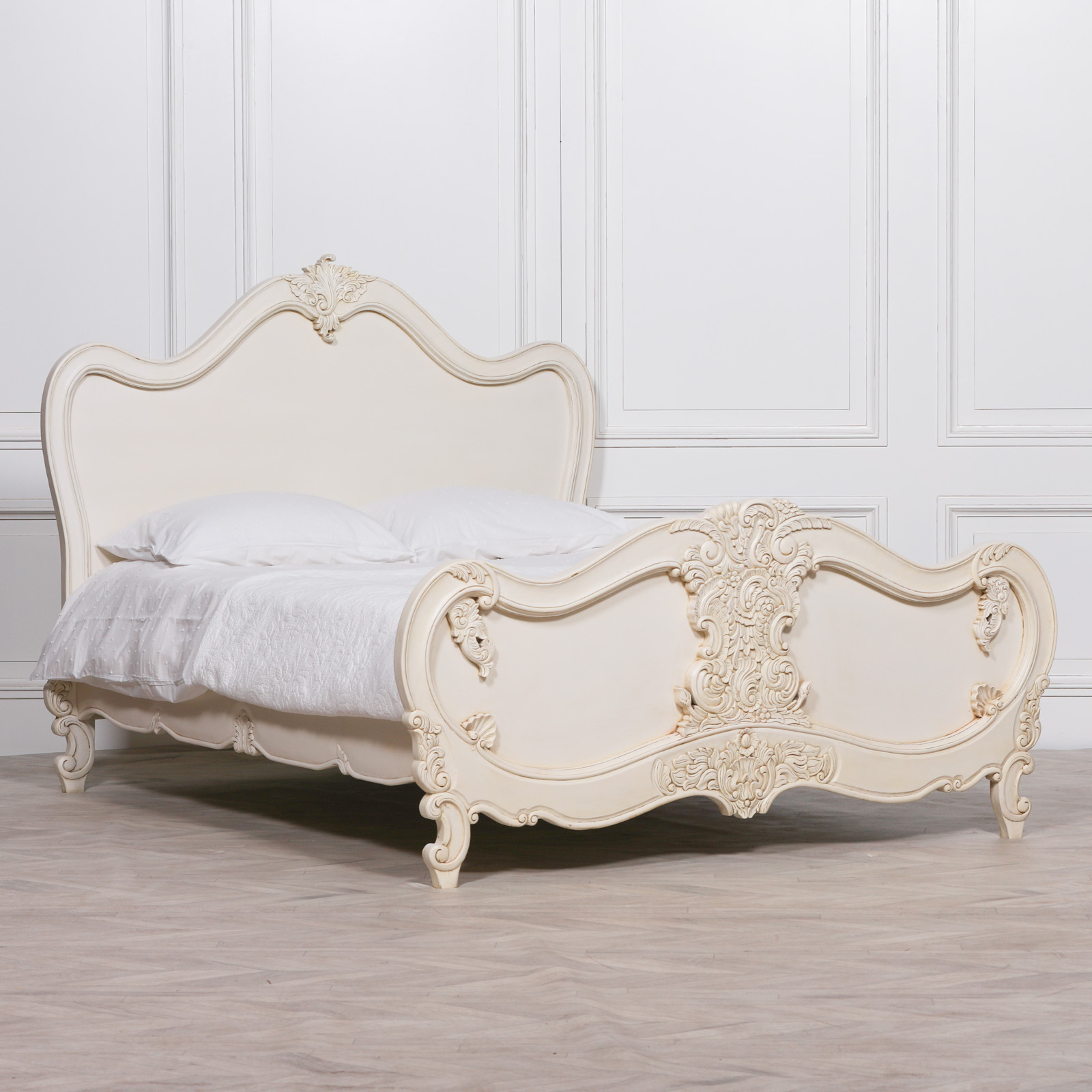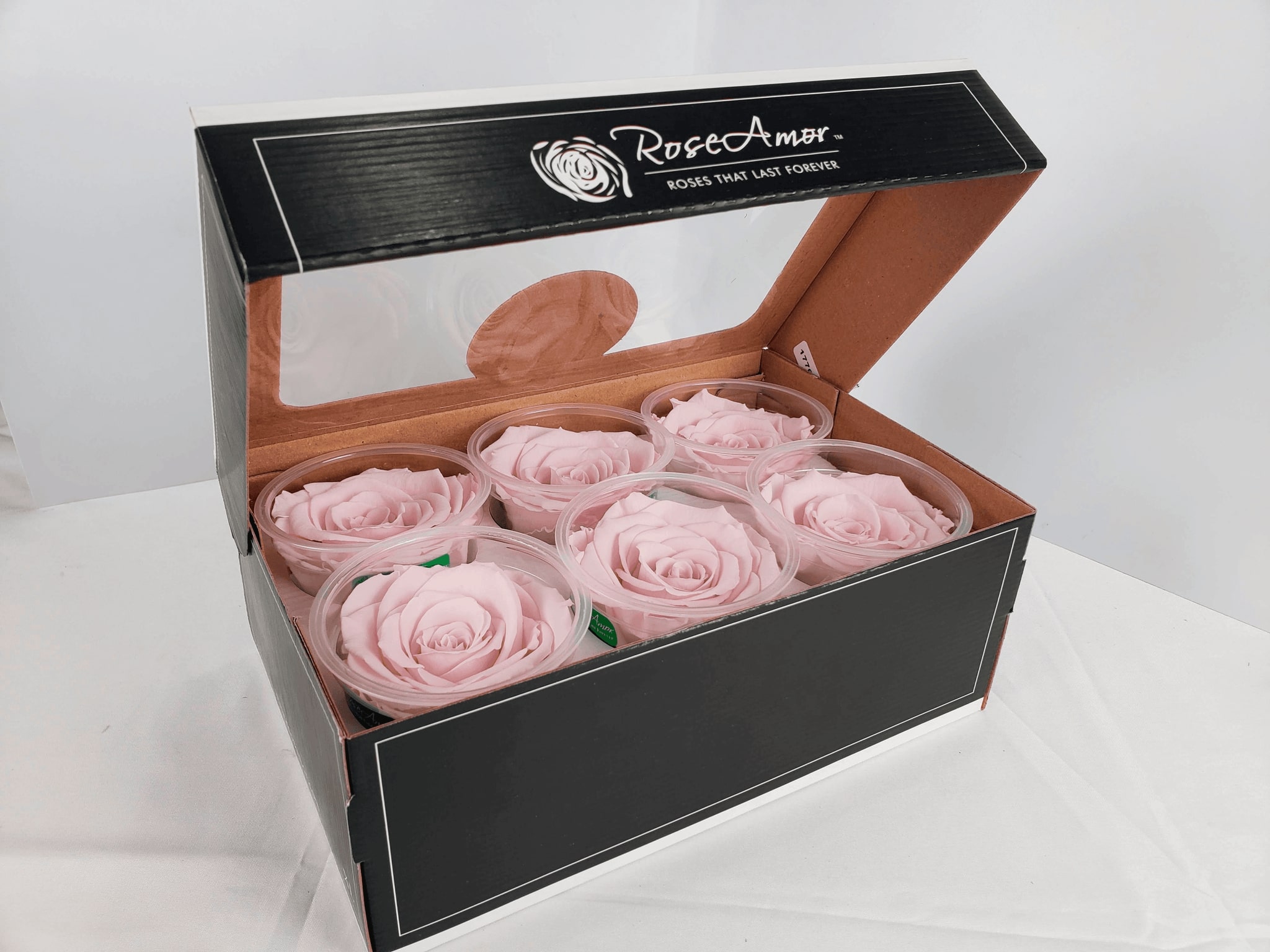The elegance of French furniture is a timeless legacy that has captivated the world for centuries. From the opulence of Louis XIV to the simplicity of the modern French style, French furniture has always been a symbol of luxury, sophistication, and refinement. In this article, we will explore the history of French furniture, the features that make it unique, and why it continues to be a popular choice for interior design today.
History Of French Furniture
French furniture has a rich history that dates back to the Renaissance period. During this time, French craftsmen were influenced by Italian design and incorporated many of its elements into their work. However, it wasn’t until the reign of Louis XIV that French furniture truly came into its own.
Under Louis XIV, French furniture became known for its opulence, extravagance, and grandeur. The King himself was a patron of the arts and took a keen interest in promoting French craftsmanship. He commissioned many works of art and furniture for his palace at Versailles, which became a showcase for French design.
During the 18th century, French furniture underwent a shift towards a more understated and refined style. The Rococo style, characterized by its delicate curves, asymmetrical shapes, and ornate decorations, became popular. This style was exemplified by the work of master cabinetmaker Jean-Francois Oeben, who created furniture that was both functional and beautiful.
The French Revolution of 1789 had a significant impact on French furniture design. The wealthy aristocrats who had previously been the main patrons of the arts were overthrown, and the demand for lavish, opulent furniture decreased. Instead, furniture became more practical and functional, with a focus on simplicity and clean lines.
Features Of French Furniture
French furniture is known for its elegance, sophistication, and attention to detail. It is characterized by its use of high-quality materials, such as wood, marble, and gilt bronze, and its exquisite craftsmanship. Some of the features that make French furniture unique include:
- Ornamentation: French furniture is often adorned with intricate carvings, gilding, and decorative elements such as scrolls, foliage, and flowers. These ornate details add to the beauty and richness of the furniture.
- Curves and asymmetry: French furniture often features curved lines and asymmetrical shapes, which give it a sense of movement and flow. This is particularly evident in the Rococo style, which is characterized by its whimsical, playful shapes.
- High-quality materials: French furniture is made from the finest materials, such as mahogany, walnut, and ebony, and is often adorned with gilt bronze or marble. These materials add to the durability and luxury of the furniture.
- Attention to detail: French furniture is crafted with great attention to detail, with a focus on creating furniture that is not only beautiful but also functional. The drawers and doors of French cabinets, for example, are often intricately carved and fitted with locks and hinges that are both practical and decorative.
- Functionality: Despite its ornate appearance, French furniture is designed to be used and enjoyed. Chairs are comfortable and supportive, tables are sturdy and functional, and cabinets are designed to store and organize items with ease.
French Style Bed
One of the most popular pieces of French furniture is the French style bed. French beds are known for their elegant curves, ornate carvings, and luxurious fabrics. They are often made from high-quality woods such as mahogany, cherry, or oak and are adorned with decorative elements such as finials, scrolls, and foliage.
French style beds come in a variety of sizes and styles, from single beds to king-size beds, and from ornate Rococo designs to more understated Louis XVI styles.















